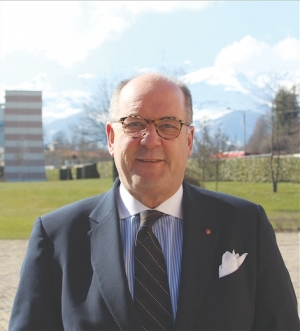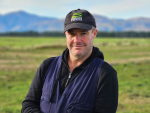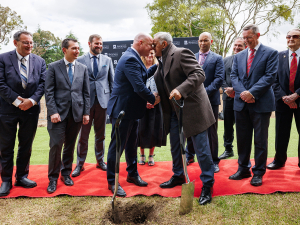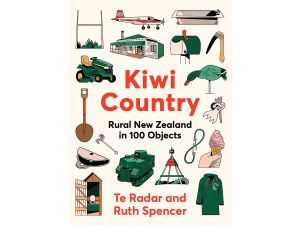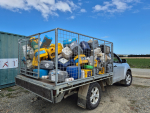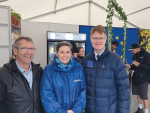The general economic outlook is much better in the Northern Hemisphere, particularly the wool consuming nations. And wool is all the rage in UK fashion trends, says Ackroyd, visiting New Zealand wearing two wool ‘hats’ – president of the International Wool and Textile Organisation (IWTO) and chief operating officer of the Campaign for Wool, working under the Prince of Wales.
“Prices are better in all the wool growing countries and it’s a far more viable option now to be a wool grower than it was four-five years ago,” Ackroyd told Rural News. “Things are better in the northern hemisphere, particularly in the UK where I think the Government is taking some credit for having stirred the economy properly. Things are also better in Angela Merkel’s Germany as well.
“The two major wool consuming nations are Germany, number one, and UK, number two, and things are improving quite definitely. Retail sales are better, wool is dominant everywhere.”
The demand for crossbred wools for everyday garments is on the up with the casualisation of fashion, Ackroyd says. ”But again on the Merino side there is a return to more formal dressing at the top end of the market. So there is something for everyone in 2014.
“I have just come from some of the big fashion events in London, which are for retail 2014-15 for the northern hemisphere and it is very wool indeed. I don’t want to be over-optimistic, but I think it is a lot better than it was four years ago.”
Ackroyd believes the global financial crisis and near meltdown, “or Lehman crisis as we’ll call it”, has had an upside for wool in the long term. “Wool has survived particularly well in times of crisis; when people are pushed they look for something more important in the message.
“People look behind the message and they find that wool is sustainable, that wool lasts longer, it’s more durable and we’ve found throughout the crisis there’s been a slow move back towards natural fibres in fashion and interiors.
“That, to a certain extent, has helped stabilise the price of wool. Five years ago it was in a downward spiral which was very discouraging for growers and growers were checking out of wool. They said there’s no point in growing it. Particularly in the UK but also in Australia and here in New Zealand there was a downward price spiral and that’s been reversed.”
Ackroyd was scheduled to speak at two open wool industry presentations, at Christchurch and Napier, in January. He says he would be talking about the work the IWTO was doing to promote the environmental credentials of wool. It was working with government and
non-government organisations globally to make sure the message is understood by those who make the rules.
“We will also talk about the Campaign for Wool and how the campaign is about the environmental credentials of wool. It is a promotion campaign and how we are ramping it up in various markets in the Northern Hemisphere, particularly in those markets where carpet is important – the United States, UK, Germany and Scandinavia.”
Ackroyd says he will ask New Zealand to support the Campaign for Wool. “It has been the best fillip wool could ever have in times of crisis – to have the Prince of Wales, who I believe to be the world’s leading environmentalist, supporting the campaign.
“The campaign is very strong in New Zealand’s higher-end markets such as the United States and Northern Europe which are of prime importance to growers in the North and South Island.”





